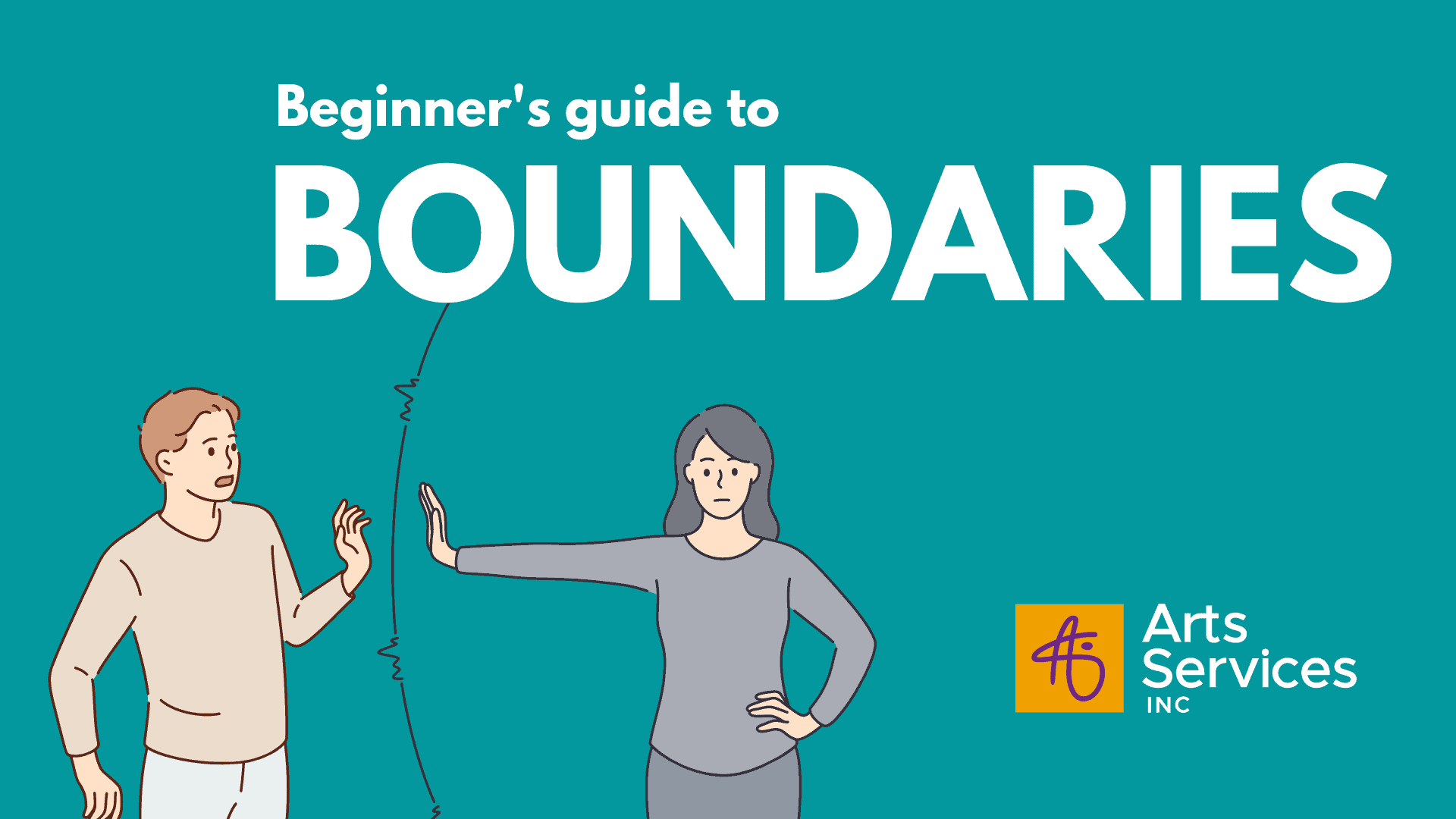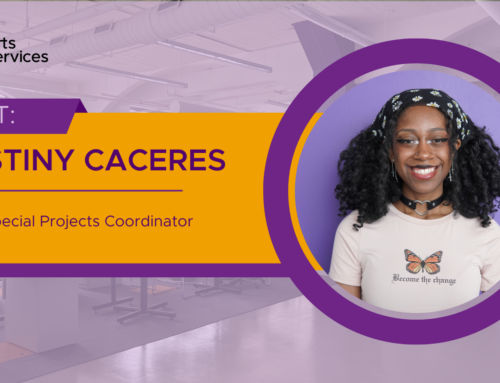We’re calling it right now: 2023 is the year that you start prioritizing your health, mental well-being, and safety by enforcing healthy boundaries at work and at home.
Boundaries (for the purposes of this email) are exactly what they sound like: defined lines that determine what behaviors are acceptable for you. If this is your first experience with drawing boundaries, it may be easier to find where those lines are than you realize. Think about the last time someone made you upset and you had an emotional reaction or maybe even a physical reaction like an upset stomach. That means that someone crossed a boundary and you didn’t even know it!
So how do we protect ourselves from having our boundaries trampled on, whether it’s at the studio, in the classroom, or at home?
- Clearly define your boundaries. Work with a mental health professional if you can or grab a pen and paper and jot down a list of behaviors from others that negatively impact your life.
- Practice phrases that will communicate your boundaries. It’s unfair to have boundaries that the other person doesn’t know about. Respectful phrases like, “It’s hard for me to have a conversation with you when you raise your voice,” are helpful to have ready in your back pocket. Write them down and practice saying them in the mirror.
- Communicate your boundaries firmly. That means no backpedaling, apologizing, or getting drawn into an emotional state. Boundaries exist because we want to keep someone in our lives while maintaining our own well-being so remember that you’re saying these things to them because you want to keep them around and have a healthy relationship!
- Fortify your boundaries. This can mean repeatedly communicating your boundary when it’s being encroached.
- Know when to walk away. We can’t expect everyone to change their behavior once we let them know it’s a problem. Sometimes decreasing the amount of time we spend with a person or how much we tell them about our lives can be a solution if you can’t leave a situation entirely.
Healthy boundaries doesn’t mean telling people what you don’t like about them. Boundaries are respectful and help both parties and can change and be softened over time if trust can be built. Working with a mental health professional during this process is advised.
Here are some boundaries that we’re thinking of communicating this year:
- “I won’t be answering work related phone calls after 5PM. If it’s urgent, you can email me and I will respond when I get into the office the next morning.”
- “I hear what you’re saying, but your critique of my art is not constructive.”
- “I’ve done all I can in this situation, continuing to talk about it further won’t change the outcome.”
What boundaries are you setting up in 2023? Was this guide helpful? Let us know by at the button below.




